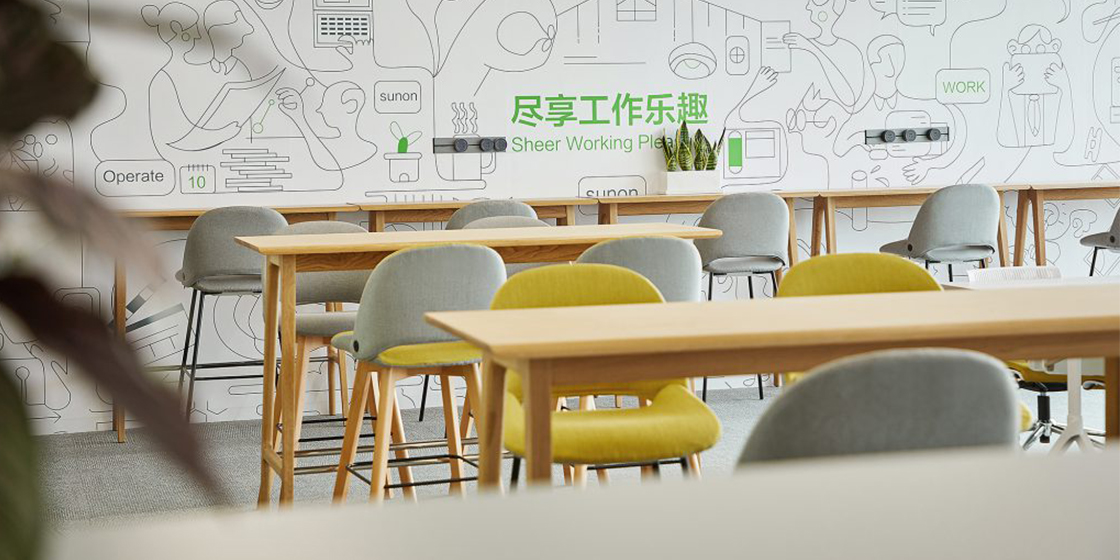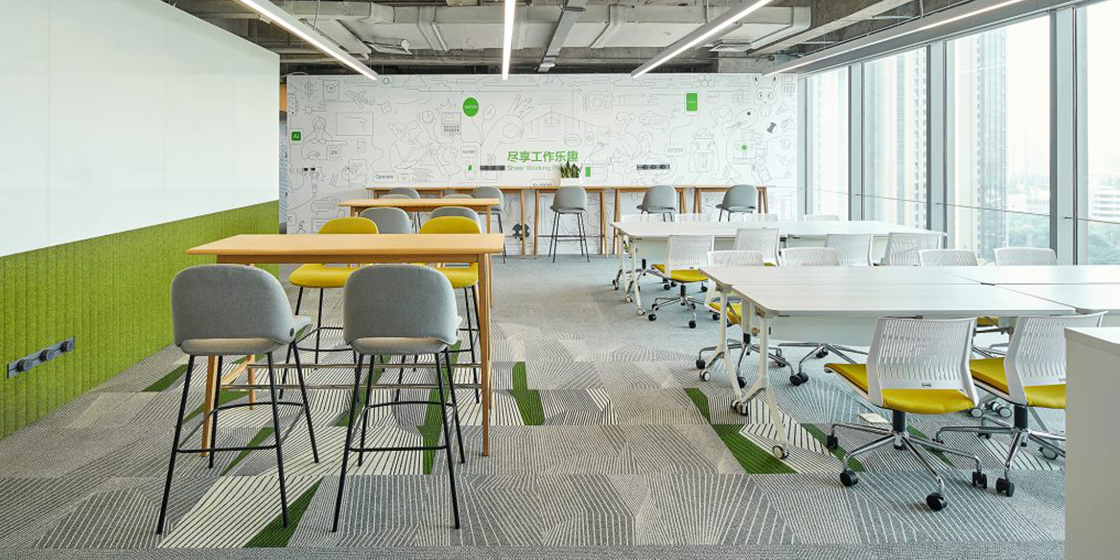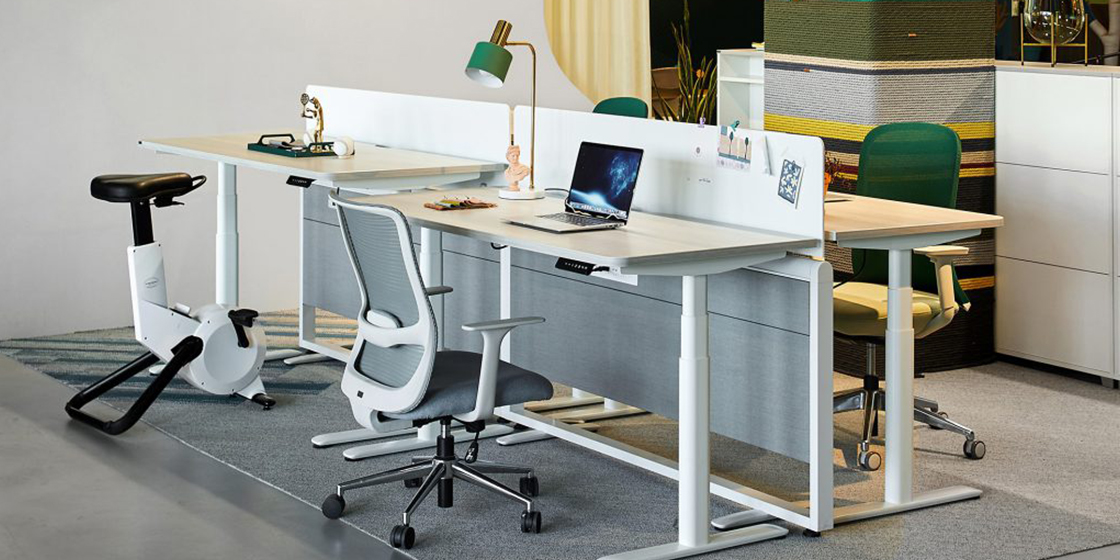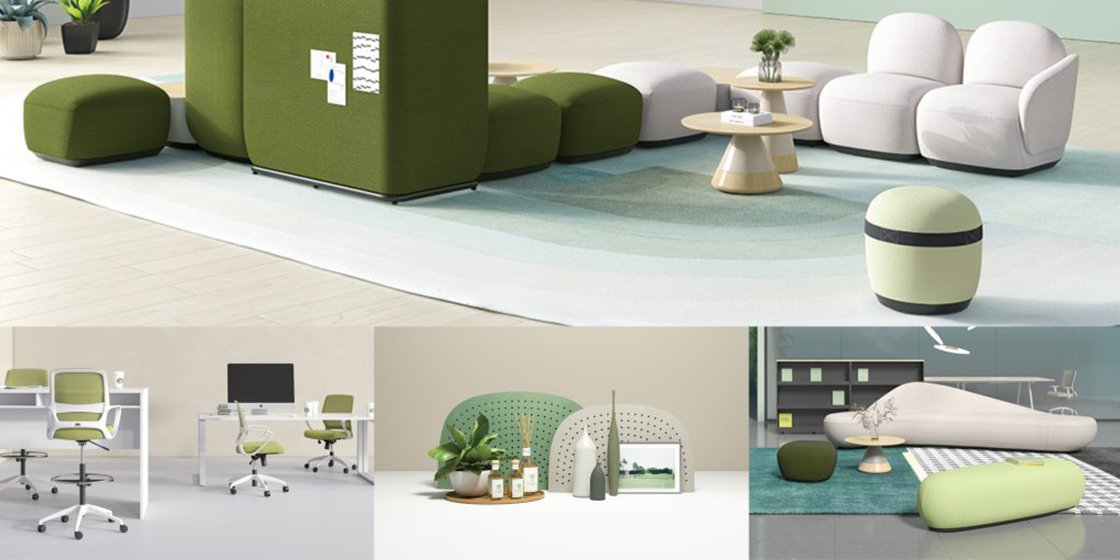
Before the COVID-19 pandemic struck, employers were looking for ways to change their workspaces to become more efficient and to meet the needs of their evolving employee population. Shared workspaces; break-out areas; and hot-desking – the past decade saw organizations wave goodbye to traditional office set-ups and swap them in favor of more flexible, collaborative workspaces in an open office as demand for remote and flexible working grew.
But, in 2020, the collaboration and flexibility that many hoped hot desking would encourage between team members, is far from a reality. A majority of the staff is working from home. Staff who are coming to offices are more dispersed than ever due to coronavirus restrictions, and it's looking as though the office design may have to be evaluated again, at least temporarily, to keep employees safe when they return to the workplace.
What is Hot Desking?
In the last decade, companies, especially startups, have tried new ideas when it comes to office dynamics. When we say 'hot-desking', it means that each employee has no assigned desks or cubicles. Instead, they can take whatever seat is available on a first-come, first-serve basis.
In the pre-COVID world, many office workers preferred hot-desking as it gives them a greater sense of freedom and choice. There is no formal reservation system in hot-desking; employees simply find a place to work each day and claim it as their own. They could even work in a coworking space and hot-desk there with fellow remote workers. It's cool, classy, and contemporary – perfect for younger employees.
Advantages of Hot Desking
· Hot desking offers several benefits, including:
· Greater flexibility for the staff
· Better space utilization
· Reduced real estate costs
· A less cluttered office with fewer personal stuff
· Easier cleaning of spaces
Many businesses have been moving away from assigned seats in recent years to offer employees more options while improving space utilization. In a 2018 CBRE survey, 52% of corporate real estate leaders said they planned to implement some level of unassigned seating.

Featured products: Desk – Jason II, Chair – Ducky
Disadvantages of Hot desking
Even with its benefits, Hot desking has received its fair share of criticism in the past, e.g. :
· Difficulty finding suitable space
· Conflict over preferred workspaces
· Difficulty finding teammates
· No way to track which desk is available
· Difficulty keeping shared desks clean
One of the biggest complaints about hot desking from employees in recent years is difficulty finding available space each day. The best workspaces — those close to natural light or in quiet areas of the office — are already taken by people who reach early. Hot desking can also make it difficult for employees to find their teammates because there's no way to tell where anyone is sitting.
Impact of COVID-19 on hot desking
The pandemic will have a significant impact on what will make employees feel happy and safe at work. When people have been used to social distancing and staying 2m apart, the idea of going into an office and sharing desk space with dozens of colleagues is going to feel like a daunting challenge. The coronavirus has amplified concerns about widespread desk sharing with no processes in place to ensure those spaces are cleaned and sanitized. Some employees might feel wary of hot-desking if they don't believe cleaning procedures are being implemented.
In most of the offices, some desks/rooms are assigned, but some are non-assigned, and some areas may be defined as Huddle spaces where a team can work together. When you set the limit for the office maximum capacity, you must be able to provide allocation and remote desk booking rules for all these employee groups. Using a workspace app for remote workspace reservations and sharing the real-time occupancy data will be helpful.

How to practice safe Hot desking?
It might seem that the pandemic prompted the end of hot-desking, but with the proper cleaning measures and solutions in place, you can find a solution that protects your employees and keeps your business productive. Here are a few examples:
· Higher wipe able privacy screens for protection
· Using desk materials with antibacterial properties that are easy to clean and maintain
· Setting up a cleaning system, so desks are regularly sanitized, and having the equipment available for self-cleaning prior to use
· Clear desk policies making cleaning quicker and more efficient
· Advanced, properly maintained air conditioning such as Ultraviolet systems
· Fresh natural air, utilizing office plants and windows
· Plan the seating using a zigzag formation so there is less face to face working
Learn more about Safely returning to work.
Other options for Hot desking
Instead of making every desk available to anyone, you can implement reservation-based seating arrangements, allowing employees to book workspaces in advance or at a moment's notice. This gives them the same flexibility of hot desking while making it easier for them to find a place to work.
Here are a few examples of hot-desking alternatives:
Activity-based working (ABW)
ABW offers employees a variety of spaces they can reserve depending on the work they're doing. An activity-based work environment encourages employees to move around the office throughout the day, which can improve collaboration.
Learn more about ABW.

Featured products: UP1 sit-stand table, Chairs: Olive, Aveza
Staggered shifts
If you want employees to keep their seats but you need to reduce office density, you can assign employees to come into the office in shifts. The staff can be segregated based on work, day, and time. While others can easily work remotely and don't need a designated desk each day.
Desk hoteling
Desk hoteling allows employees to reserve the workspaces they want to use for the day on arrival. This gives your workforce the freedom of hot-desking while capturing the space utilization data. Desk hoteling also simplifies contact tracing by giving you a record of which employees were in the office on any given day and who was sitting next to them.
Office hoteling
Office hoteling is similar to desk hoteling but requires employees to reserve workspaces before they arrive. This can be helpful for planning purposes.
Conclusion
With the increase in remote work, contract workers who are part of the gig economy, and the need for greater physical distancing, flexible work environments are becoming the new norm. Hot desking and the various alternatives are going to be viable workplace strategies in the post-COVID-19 era, as companies rethink the office of the future. In the future, companies will shrink their office space with only a small percentage of employees permanently working in offices and more people rolling in for work once in a while. The mindset is changing and companies are looking at optimal utilization of space as they cut down on real estate costs. Hence, flexible working is poised to be the new normal.

Check out our New Collection for the future flexible office.